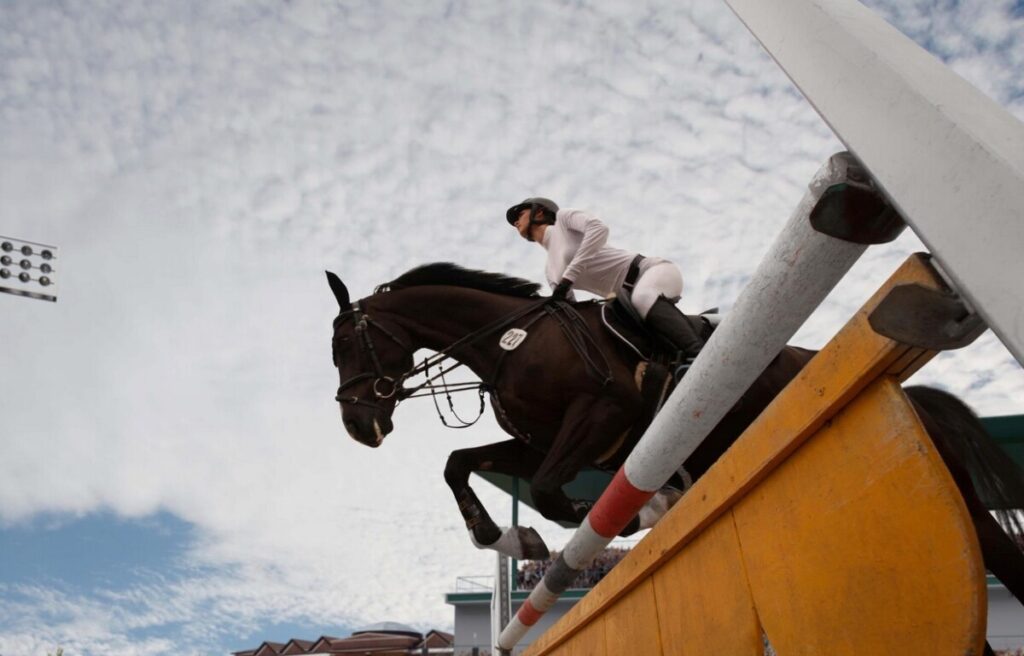How Often Do Betting Favourites Win Horse Races?

It’s well understood that looking at statistics can help with horse racing betting. After all, you can be sure that most successful bettors know how statistics marry up with the market, acting accordingly. Yet, the first thing most of us look at on any race card is the odds, and our eye is inevitably drawn to the favourite.
Indeed, if you are ever at one of the great cathedrals of horse racing like Cheltenham or Churchill Downs, you can always be sure that the favourite gets the biggest cheer when winning the race. And if you’re watching television commentary, they will often explain that the favourite winning means the punters have beaten the bookies.
The logic of the latter statement is simple: the favourite has inevitably taken on the most money, thus the bookies stand to lose more in the horse betting markets. Yet, how often does this happen? How would you usually win if you unthinkingly bet on the favourite on every card?
A short and long answer
There is both a short and a long answer. The short answer is that the favourite wins about one in every three races on average. It can vary slightly by location and discipline. For example, it’s around 33% in American Thoroughbred Racing, whereas it is somewhat higher in British National Hunt racing (circa 37.5% in recent years). Yet, one in three is usually a fair statistic for professional horse racing globally.
As you might expect, the longer answer depends on the status of the favourite. For instance, in UK flat racing, odds-on favourites tend to win about 59% of the time. If the odds are 1/4 or lower, that rises to 86%. The other side is that handicaps have a 27% strike rate for favourites. This seems normal, as it can be harder to gauge how a horse will react to carrying extra weight than in the previous race.
The fact that handicaps can be tougher to predict can lead us to other assertions about favourites – it can be tougher to predict in large fields. A case in point is the UK Grand National, which has a strike rate of around 8% for favourites. The showcase at Aintree used to have 40 runners, and while that has been reduced to 34 in recent years, it can still cause the race to be chaotic and less predictable. The Melbourne Cup has a similar story, especially in recent years. Its field is not as large as the Grand National, but it can still be brutal for backing the favourites: only a handful have won the race this century, and none in recent years.
Approach each race differently.
This information might not help you pick out individual winners in specific races, but it can be helpful as a general guide. For instance, you would have been better off backing longshots in the Melbourne Cup in recent years (both for wins and places) than backing favourites. Backing longshots could have paid off in the Kentucky Derby over the last decade, too, as we have seen many big-priced winners and placed horses.
In the end, each race should be taken on its merit. You are going to see short-priced runners flop occasionally, and you will see 100/1 winners look like prime Frankel for one race only. That’s horse racing, and it happens from time to time. However, taking a statistical approach to each race card while adding to the context of the individual field will always be the best way forward.

 Walk into any racetrack and you’ll see the same thing: crowds of people studying the odds board five minutes before post time, looking frustrated. They’re all chasing the same obvious picks that everyone else already bet down to nothing. The real money gets made while these folks are still stuck in traffic.
Walk into any racetrack and you’ll see the same thing: crowds of people studying the odds board five minutes before post time, looking frustrated. They’re all chasing the same obvious picks that everyone else already bet down to nothing. The real money gets made while these folks are still stuck in traffic.